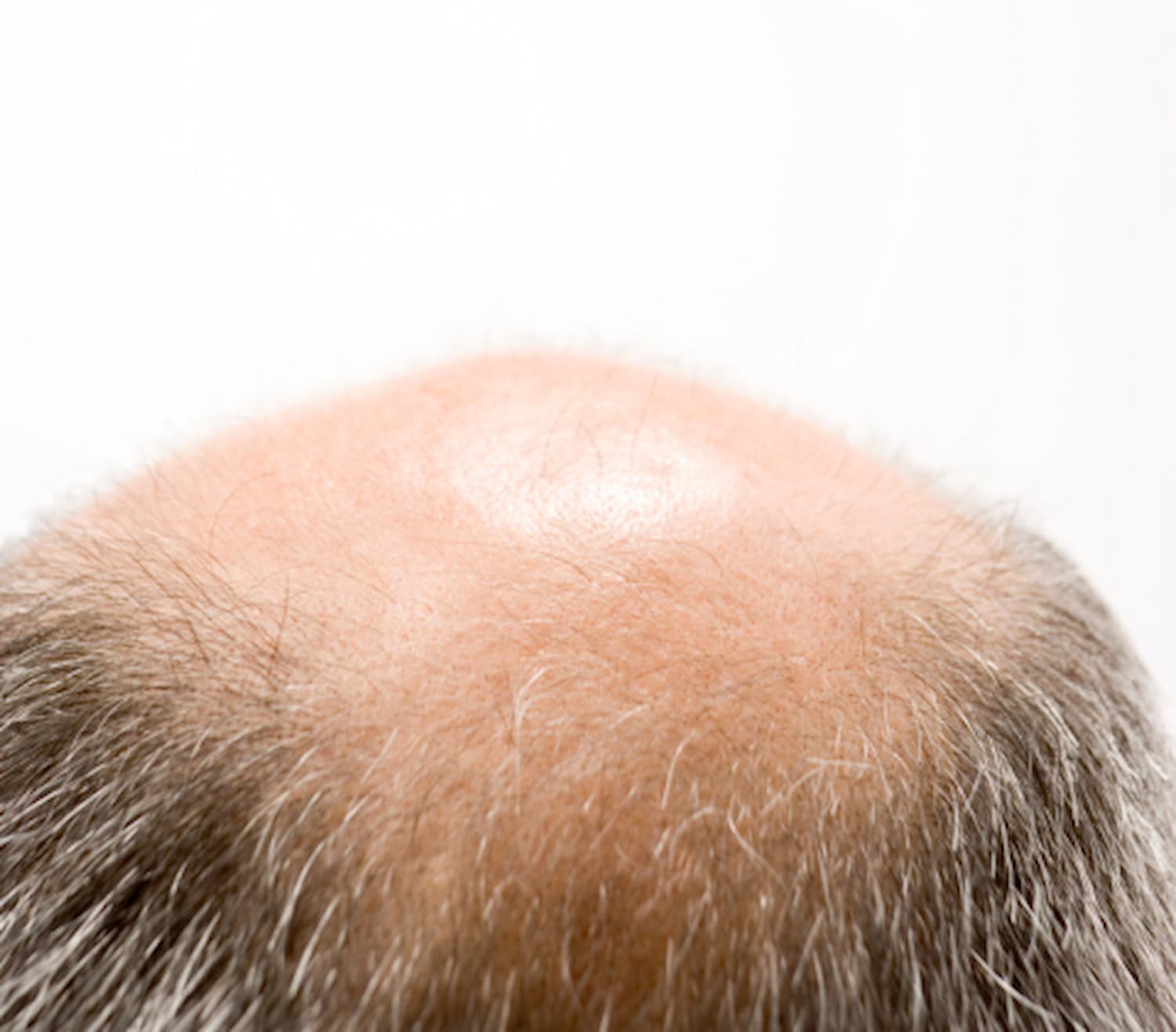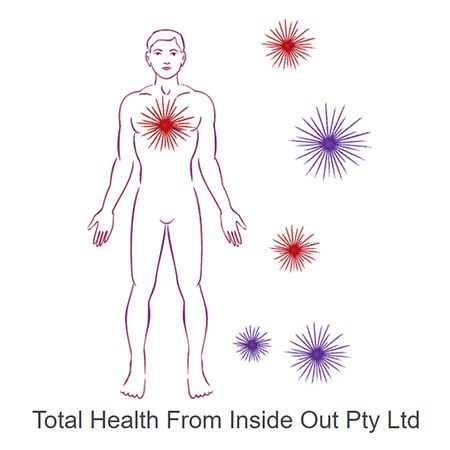
Male pattern baldness is something that affects many men. Read on to find out more about how it occurs and what options you have as far as treatment is concerned.
Introduction
There are, generally speaking, about 100,000 to 150,000 hairs on the scalp. The colour, length, curl, thickness and amount of hair are all determined by the person’s genes. The hair on the head is continuously growing and shedding, with around 90 percent of the hairs at any one time being in the growing phase, and 10 percent being in the resting phase. The resting phase is where there is no hair growth, and it lasts for about three months. After this, the hair falls out. The scalp generally loses between 50 and 200 hairs per day.
What is Male Pattern Baldness?
Male pattern baldness, or androgenetic alopecia, is a type of hair loss that occurs when the growth phase of the hair becomes shorter and the resting phase becomes longer, which leads to a reduced head of hair. There is also an increasing amount of time between the end of the resting phase and the next hair growth cycle, meaning that fewer hairs come out onto the scalp. This process begins at the sides of the head and also at the top of the head and gradually spreads. It most commonly starts on the forehead. This male pattern baldness is the most common type of baldness in men, with about half of all men having it by age 50 and more than 80 percent of men having it by 70.
Causes and Symptoms of Male Pattern Hair Loss
The cause of male pattern baldness is not yet completely understood, but the hormone testosterone is thought to play a part. Testosterone is the most important sex hormone in males, and it is responsible for such things as the growth of bone and muscle, sexual function, and physical things such as facial and body hair. The body converts testosterone to dihydrotestosterone. Hair follicles can become more sensitive to dihydrotestosterone over time, causing them to produce weaker, shorter hair, and hair growth can sometimes stop altogether.
It is not understood why only the scalp hairs are affected, or why different follicles are affected at different times, causing the balding to be a gradual process. At the moment, the only thing that is certain is that high testosterone levels in the body can cause shrinkage of healthy hair follicles, otherwise known as hair follicle miniaturisation, resulting in male-pattern hair loss.
Results of countless studies have shown that male pattern baldness is a genetic condition—there are several genetic factors that can influence baldness. The speed and pattern of balding, when balding starts, and the amount of baldness are all influenced by the genes. If either your mother's or father's side of the family is predisposed to baldness, you may have a genetic predisposition to androgenetic alopecia.
Additionally, nutritional deficiencies, stress, a medical condition, or certain medications, such as blood pressure medications, can all contribute to hair thinning and loss as well.
The most common symptoms of male pattern baldness are as follows:
- Receding hairline
- Gradual thinning of hair or patchy hair loss in the crown area
- Hair loss on the sides of the head
If you are experiencing any of these symptoms, it is important to see a hair specialist to determine if you have male pattern baldness.
Treatment Options for Male Pattern Baldness
The most common treatments for male pattern baldness are finasteride and minoxidil. Finasteride (Propecia) is a drug that was originally designed to help treat an enlarged prostate. It is thought to work on baldness as it stops the enzyme that is responsible for the conversion of testosterone to dihydrotestosterone, the hormone that is thought to be responsible for male pattern baldness. It slows hair loss in about 80 percent of men and can even promote scalp hair regrowth. However, the effects of the medicine are not permanent—if the medicine is stopped, then any regrown hair will be lost.
Minoxidil, commonly known as Rogaine, is a topical treatment that needs to be massaged into the scalp twice a day. It is thought to work by increasing blood flow to the hair follicles and stimulating them. Topical minoxidil is available over the counter from chemists, and around 80 percent of men notice that it slows down the degree of hair loss. Around one-third of men can expect to see moderate hair regrowth, and almost one in ten will see dense regrowth. However, it does need to be used continuously or every single hair that grows back will be lost.
Surgery in the form of a hair transplant is another treatment for hair loss. In hair transplantation, strips or plugs of hair are taken from the back or sides of the scalp and placed in areas that have no hair or thinning hair. Each strip or plug contains between one and four hairs for a more natural look.
Hairpieces are another option. These are attached to the scalp through the use of bonding glue, adhesive tape, hair clips, or by meshing with the existing hair. Hairpieces can be removed so that the existing hair can be washed or used for sleeping. Hairpieces are generally made from human hair.
Natural Treatments for Hair Loss
There are some complementary therapies that may help with balding. These include:
- Nutrition – reduce your intake of inflammatory foods. These foods include saturated fats, dairy products, refined foods, and so forth. A diet rich in vegetables, wholegrains, essential fatty acids and protein may be helpful. Biotin is a supplement that may help with hair growth. Vitamin B6, zinc, and gamma-linolenic acid help to inhibit the hormone that converts testosterone into dihydrotestosterone. Essential fatty acids, vitamin E and magnesium can be used to help correct hormone imbalances.
- Herbal medicine - green tea and saw palmetto may help with male pattern baldness. Chaste tree can help to normalise the pituitary gland, which is responsible for the hormone levels produced by other glands. Ginkgo biloba is a herb that has been shown to improve blood circulation, which may help promote hair growth in people suffering from any form of hair loss.
- Massage – this can help to increase circulation and also reduce stress. Massaging the scalp with a blend of rosemary, lavender, sage, thyme and cedarwood essential oils in a carrier oil can help to increase circulation and prevent hair shedding.
* Please do not use any supplements or herbal medicines without first seeking the advice of a qualified nutritionist, dietician, naturopath, herbalist, or other suitable professional.
Tips for Preventing Hair Loss and Keeping Your Hair Healthy
Although we will inevitably lose all of our hair at some point, this should not be used as an excuse to accept sudden hair loss or a hereditary condition like androgenic alopecia. Here are some tips to help you maintain healthy hair growth until you reach the age when it is no longer possible.
- Make sure you are getting enough protein in your diet. Hair is made of protein, so if you’re not eating enough, your hair will be the first to suffer.
- Try to avoid stress as much as possible. Stress can cause hair loss in both men and women.
- Avoid excessive amounts of heat styling. Heat can damage your hair, making it more prone to breakage and hair loss.
- Avoid long-term use of chemical-based hair care products, such as dyes or chemical relaxers. Most of them can be too harsh and strip away the natural oils from your scalp, leading to hair loss.
- Don't rub or pull on wet hair. Comb your hair with a good quality comb before washing it, because wet hair is fragile and rough combing can cause breakage or loss of hair.
- Make sure you’re getting enough sleep and exercise. Both of these things are important for maintaining healthy hair.
- Consider using a hair loss prevention shampoo and conditioner. There are a number of different brands on the market, so it’s important to do your research and find one that works best for you.
- If you’re experiencing a pattern of hair loss, consider seeking treatment sooner rather than later. The earlier you start treatment, the more likely you are to see results.
- Quit smoking because cigarettes contain dangerous chemicals that can harm various organs in your body, including the cells in your hair bulb.
- Take nutritional supplements like vitamin E to promote hair growth and reduce the rate of hair loss in case you are suffering from a genetic condition.
Source: InVisions of Connecticut
When to See a Doctor
Balding is a fact of life for many males, but if you notice that you are suddenly losing hair, that hair loss is happening in clumps, or if you are losing enough so that you see large amounts of hair falling out, this is not male pattern baldness. You should see a medical professional for further advice.
While there is no single remedy for treating, if not preventing, complete baldness, incorporating some of the natural remedies discussed in this article into your treatment regimen may help you achieve better results. Before beginning any new supplement or therapy, consult with your doctor or healthcare provider.
Originally published on Mar 16, 2009








